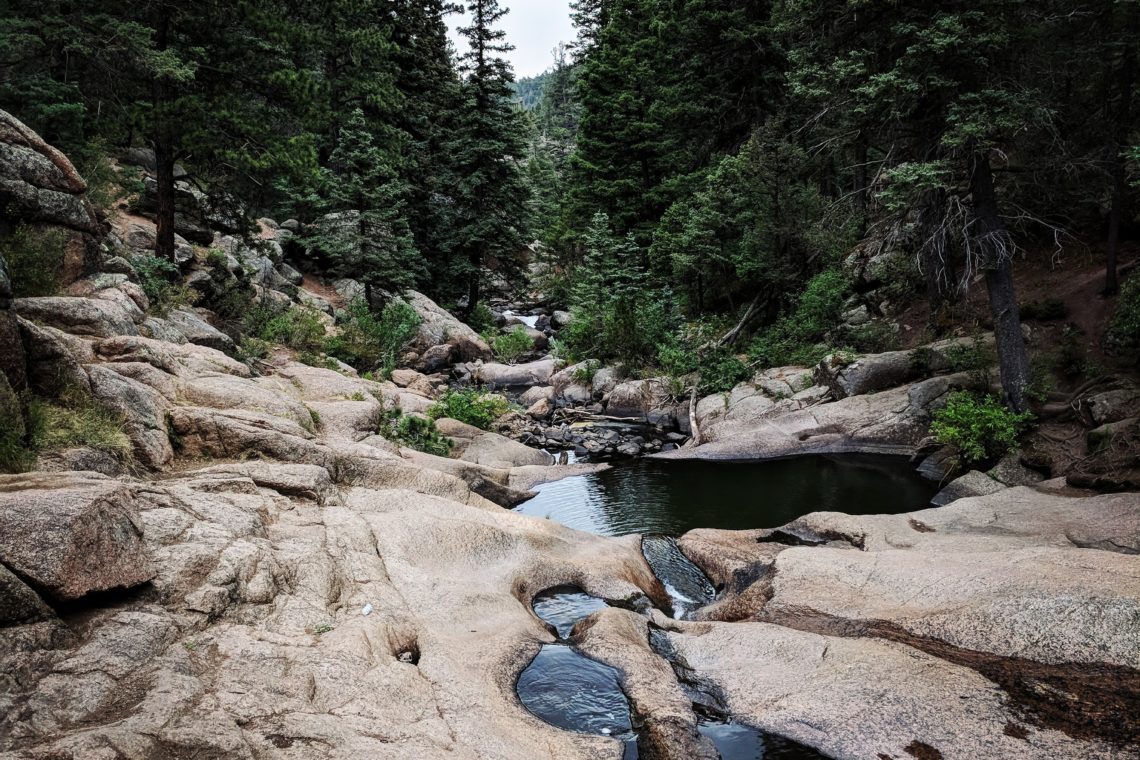I’ve been listening to a few podcasts. Not being a cutting edge person most of the podcasts I follow have been around for a least a year. I am dying to talk about Buffering the Vampire Slayer but I am close to catching up to the current season so I’ll wait until January. I am conflicted about it because it means I’ll have to start waiting for episodes to come out. Instead I am going to talk about The Wilderness. Specifically the first few episodes.
According to the site “The Wilderness is a documentary from Crooked Media and Two-Up about the history and future of the Democratic Party. Pod Save America’s Jon Favreau tells the story of a party finding its way out of the political wilderness through conversations with strategists, historians, policy experts, organizers, and voters. In fifteen chapters, the series explores issues like inequality, race, immigration, sexism, foreign policy, media strategy, and how Democrats can build a winning majority that lasts.”
In the first couple of few episodes Favreau and others are still reeling from the shock of the election results. I was not surprised. On the 5th of November of 2016 I wrote on Facebook: “Unless Clinton seriously pulls ahead in the polls Trump is going to win.” In previous posts on my old blog I’ve written: “The media has consistently underrated not just Trump’s appeal, but his ability to promote himself.” Particularly his appeal to the poor and working class whites that used to be the bedrock of the Democratic Party.
Roughly 28 million white people live at or below the poverty line. About 11 million Black people live at or below the poverty line. About 12 million people of Latin American or Hispanic descent live at or below the poverty level. If you add all the Blacks and Latinos or Hispanics who live in poverty together the number is still lower than the number of whites who live in poverty in America. This is something rarely portrayed in the media. Even today in papers vilified by the Right for their liberal bias every headline about the poor includes the phrase “and minorities.” The photographs accompanying those articles invariably contain people of color.
There are some fairly valid reasons for this. Percentage wise Black people, Latinx and Hispanic people, and Native American and Indigenous people, are much more affected by poverty. Poverty rates for these communities hover near 25% while a mere 10% of the white population suffers in poverty. But it goes deeper than that. White poverty, especially generational white poverty, does not fit anyone’s narrative. For Republicans who have been demonising the poor for decades, white poverty does not fit their bootstrap rhetoric. When in the 90s, under Clinton, the Democrats made the decision to compete with the Republicans as the party of the money, they consciously abondandoned the white working class and poor.
Black people, Latino and Hispanic people, we/they get air time. A lot of it is negative and much of the time we aren’t actually part of the conversation, but our presence is felt. For poor and working class whites for at least the past couple of decades they have not only been without a voice, but their existence has barely been acknowledged. Then along comes Trump. He is not only talking about their problems, he is talking to them about their problems. None of the other candidates did this. On the contrary, when candidates on the Left – especially Clinton* – weren’t being dismissive of the white working poor they denigrated them.
The Republican’s base is overwhelmingly white. It is also very rural. As both the Democrats and Republicans have slid Right they have depended on the fact that their bases really had no alternative. For the Democrats that led to the rise of people like Bernie Sanders. For the Republicans it lead to Trump. The shock and disbelief expressed in the first few episodes to me shows a continued blindness to the way the Democratic party fails to see people who should be a stalwart pillar of party. That said a little more than halfway through the podcast and it is both slickly produced and in depth. It’s certainly biased, but that’s part of the premise.
*I want to take a second to go back to Hillary Clinton and her treatment of the “Deplorables”. Bill Clinton was the first president I voted for. I am old enough to remember the way the media treated them when the Clintons moved into the White House. Lots of jokes about trailers on the front lawn or comparisons to the Beverly Hillbillies. I can see how that would leave a mark after enduring for eight years even from the so called liberal media outlets. Due to this I can understand why she would want to distance herself from the stereotypes of poor and working class whites. Unfortunately it’s the exact opposite of what was needed.
